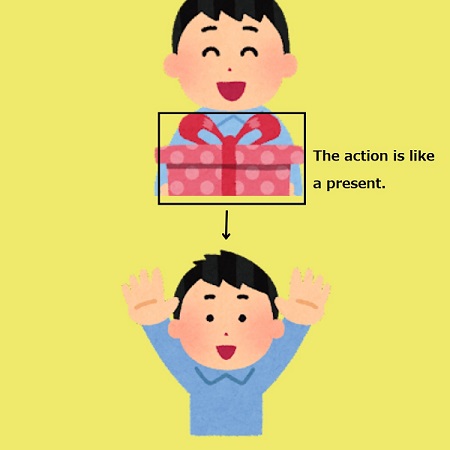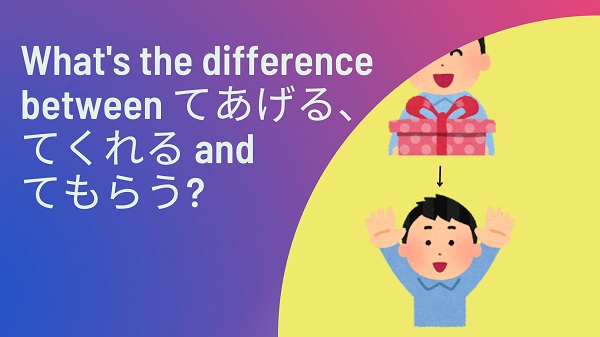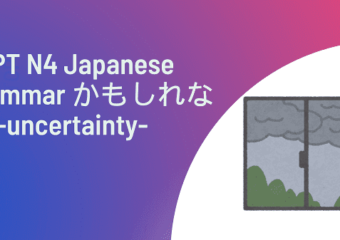How do you explain when you do something for someone or someone does something for you?
In this article, I will teach you how to use, as well as the differences between てあげる、てくれる and てもらう.
If you have not read the article about あげる、くれる、もらう yet, please read this article first.
What’s the difference between あげる、くれる and もらう?
If you have not read the article about テ form, please read this article as well.
Learning Japanese conjugation te form
*Are you looking for a place to practice Japanese?
Youtonihongo is for you.
You may receive one free 30-minute trial lesson.

The free trial class online
We offer online classes and in person classes
てあげる
Literally, あげる means giving.
For example, わたしは プレゼントを ともだちに あげました。
I gave a present to my friend.
We see an action as a present, so if you do something for someone, the action is considered a sort of a present.
To be clear, I would like to give an example.
You helped your friend with his homework.
Helping was like giving your friend a present, so you can say; わたしは しゅくだいを てつだって あげました。
If I translate this sentence literally, it would be that I gave helping his homework.

Please keep in mind you must not say てあげる to a someone with a higher social status than you.
I helped the president’s work.
×しゃちょうの しごとを てつだって あげました。
〇しゃちょうの しごとを てつだいました。
てくれる
Literally, くれる means giving as well.
What’s the difference between あげる and くれる?
Please read this article.
What’s the difference between あげる、くれる and もらう?
When you express gratitude for an action done by another person to you, we use てくれる.
For example, your friend teaches you Japanese.
The action, teaching, is like a present for you and you appreciate the action.
You can say that ともだちが 日本語を おしえて くれます。
If I translate it literally, it would be that my friend gives teaching me Japanese.
If you want to say “thank you for teaching me“, you can say that おしえて くれて ありがとう。
Literally, it means that thank you for giving teaching me.
Or YouTubers probably say that さいごまで 見てくれて ありがとう。in end of the video.
It means that thank you for watching till the end.
The point is that Japanese people see actions as a present and we use verbてあげる and verbてくれる.

てもらう
Literally, もらう means receiving.
we use てもらう when you say that another person did something for you, for which you feel grateful.
For example, your friend made dinner for you and you talk to another person about it.
You would say that ともだちに ごはんを つくって もらいました。
If I translate it literally, it would be that I received making dinner.
You received an action and the action is like a present.
We use てもらう when we make a request to a person, but the form is てもらえる .
For example, you want to ask your friend if he can help you.
You could say that てつだって もらえますか。
It means “can you help me?”
If you’d like to learn more Japanese, please feel free to contact me.
I teach Japanese in-person or online.
You can also learn Japanese on my Instagram page.



